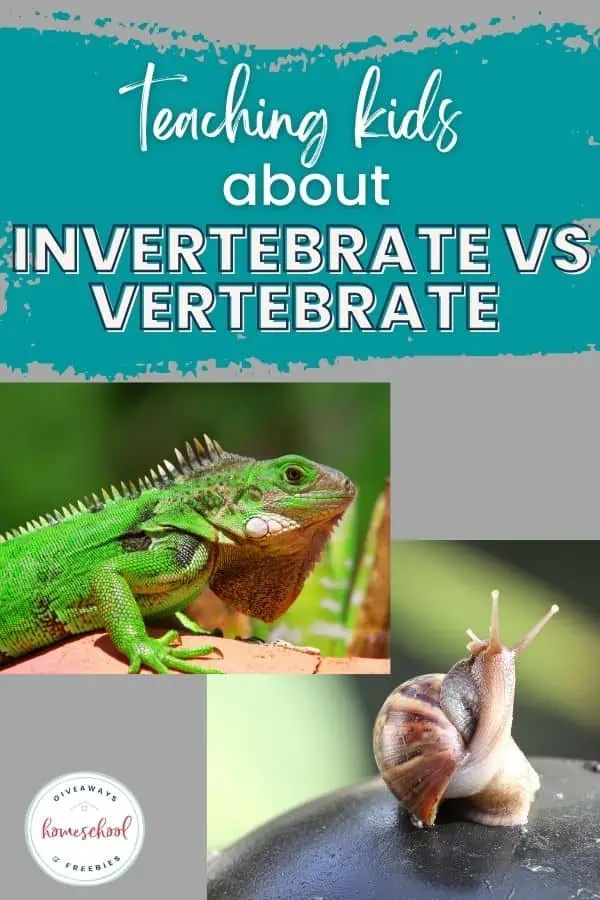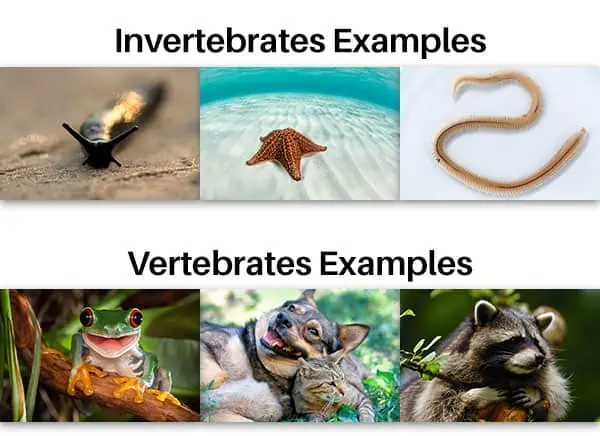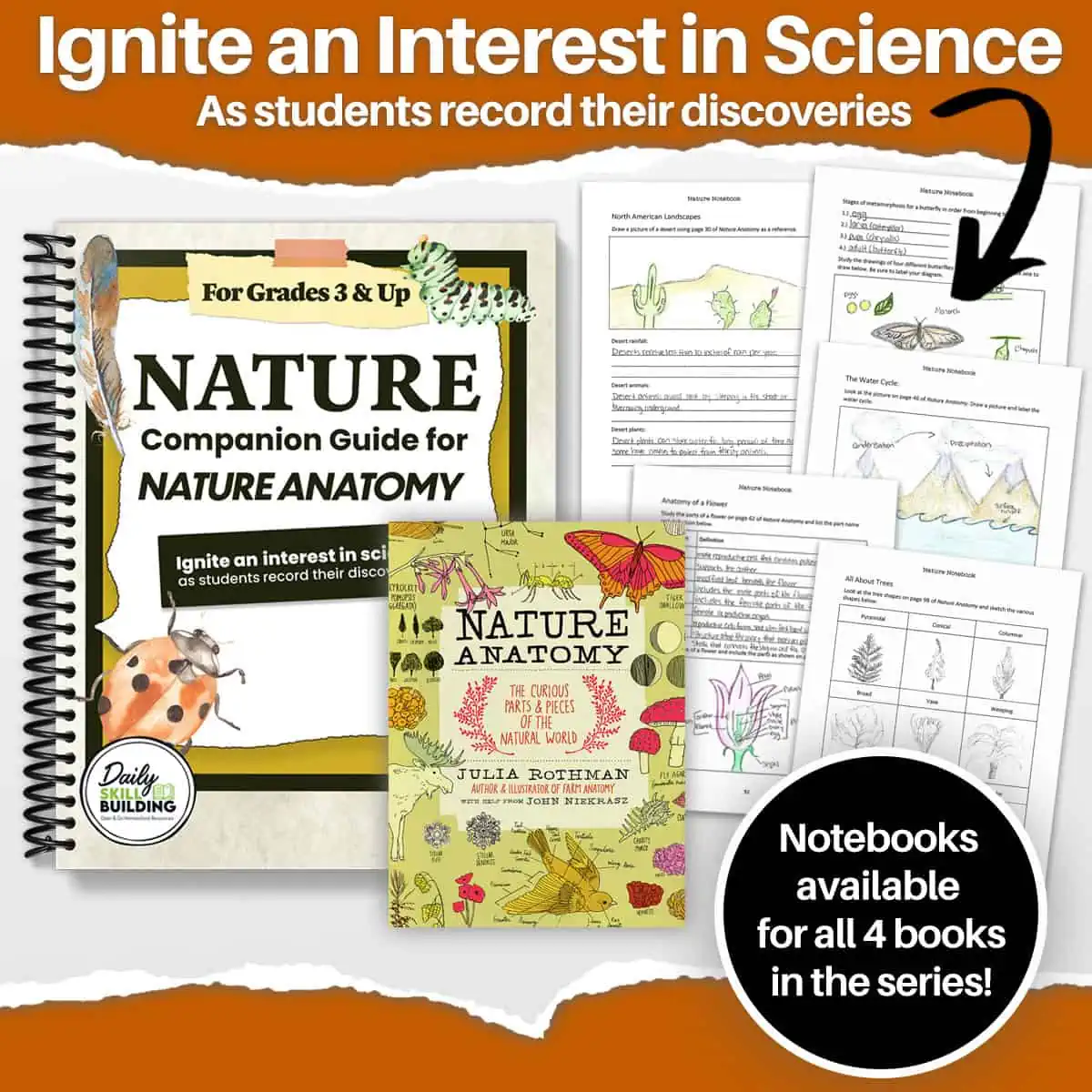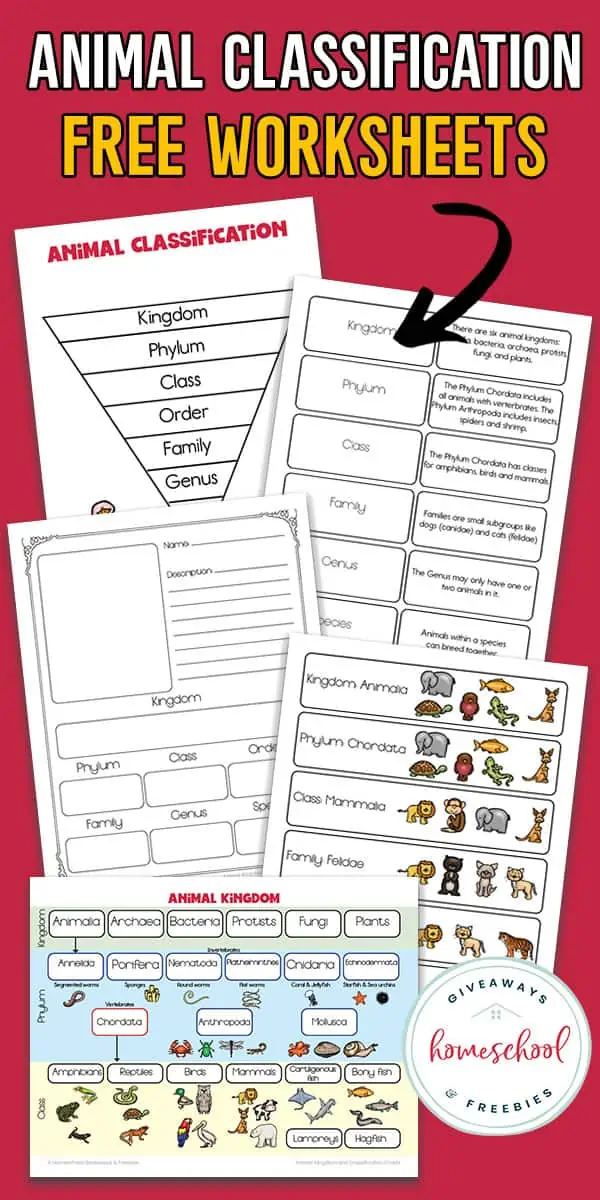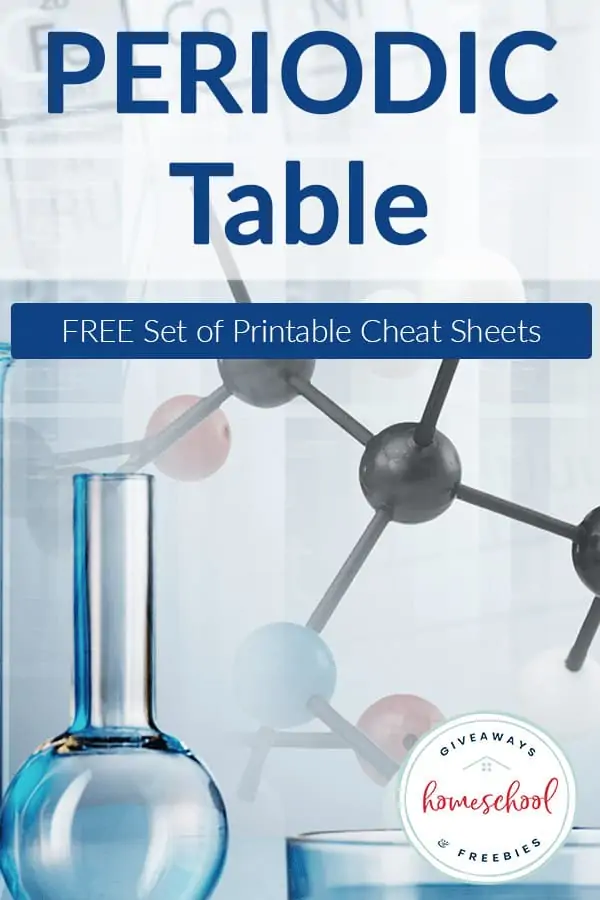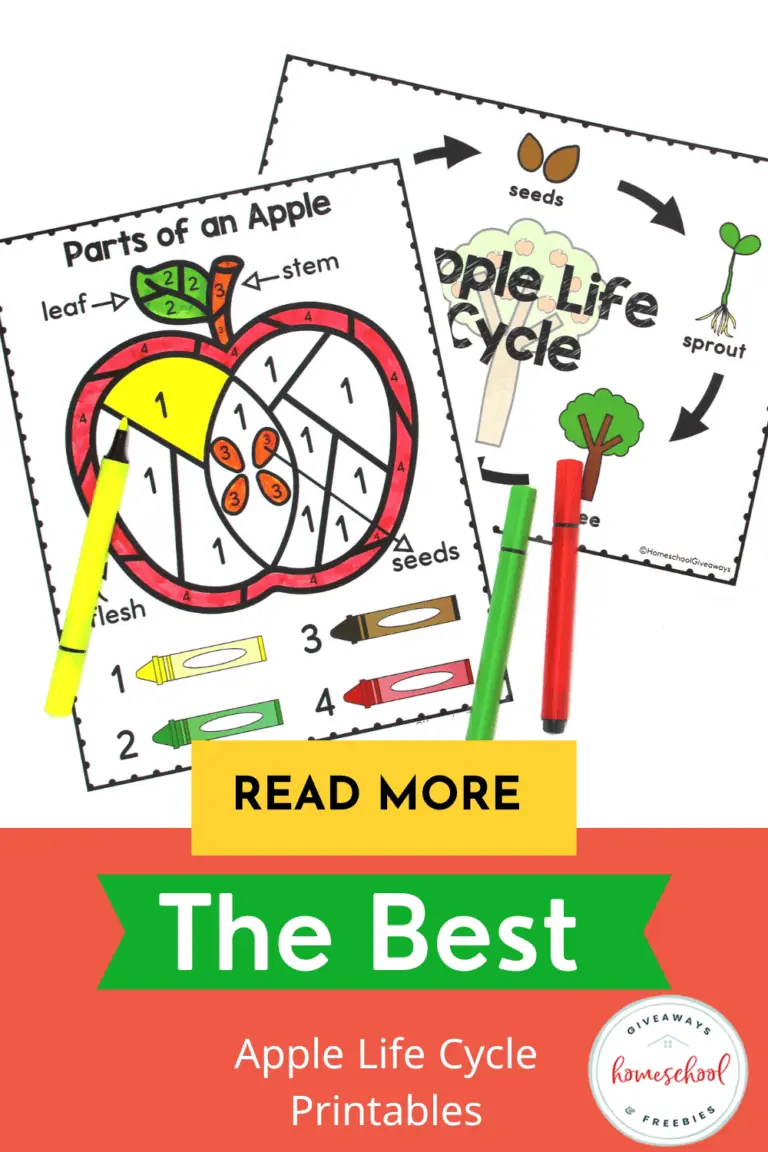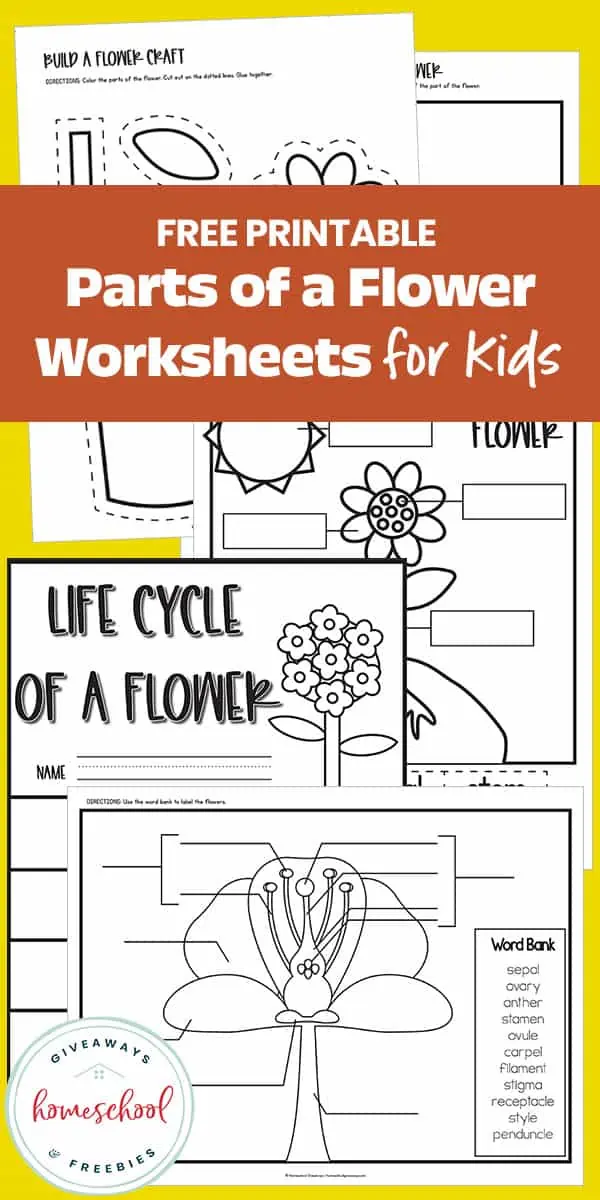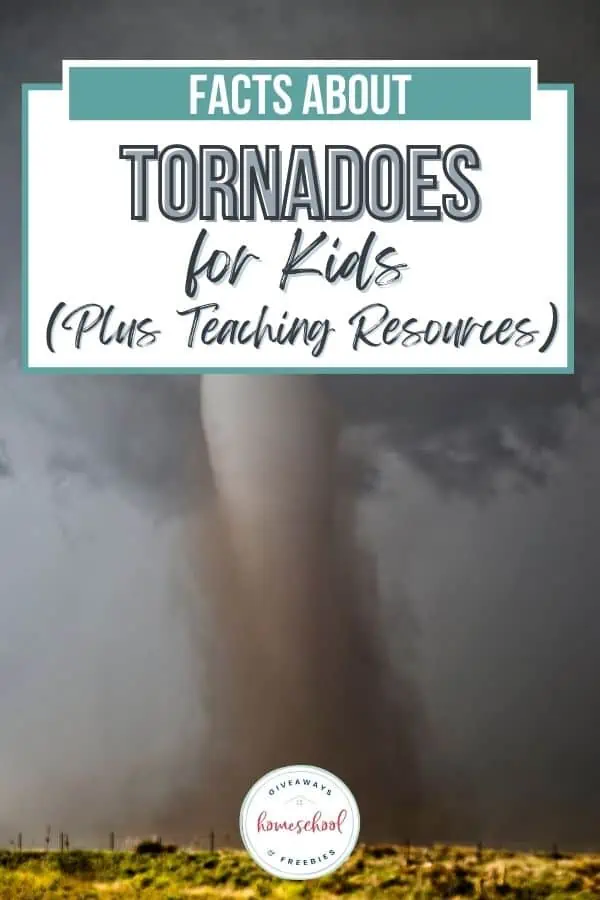Teaching Kids About Vertebrate vs Invertebrate
Published:
February 6, 2023
Contributor:
Sara Dennis
Disclosure: This post may contain affiliate links, meaning if you decide to make a purchase via my links, I may earn a commission at no additional cost to you. See my disclosure for more info.
Are you studying invertebrate and vertebrate animals with your kids? Then you’ve come to the right place! You’ll find all the information you need to create a fascinating study of vertebrate vs invertebrate animals.
Vertebrate vs. Invertebrate
Classifying animals as vertebrates or invertebrates is one of the first methods children study when they’re learning about animals. It helps them to understand how various animals are related to each other. They also learn about similarities and differences between the various species on the planet Earth.
Plus, kids are fascinated by exploring animals love to study the kingdom Animalia in all its glory!
Vertebrate or Invertebrate?
The differences between invertebrates and vertebrates go deeper than simply whether or not the animal has a backbone. There are differences in the circulatory system, the nervous system, and the body structure as well.
What is the difference between a vertebrate and an invertebrate?
Vertebrate animals have a backbone. They also have an internal skeleton and an advanced nervous system. In addition, they have a closed circulatory system which means that blood runs through veins in their body.
A few examples of vertebrates are birds, fish, and mammals.
Invertebrate animals have an exoskeleton that is outside the body and no backbone. They also have simple nervous systems. Plus, they have an open circulatory system which means that the blood doesn’t run through veins. It runs through the cavities of the body instead.
Examples of invertebrates are sea urchins, starfish, and insects.
Invertebrates
Invertebrates are animals that do not have a backbone.
- Kingdom: Animalia
- Physical Characteristics: No back bone, has an exoskeleton, reproduces sexually, no cell walls, open circulatory system, most have compound eyes
- Examples: Insects, flatworms, arthropods, sponges, etc.
- Classification: 30 phyla
- Phylum: Chordata
- Size: Small
- Species: 98% of animal species are invertebrates
- Number of species: Around 2 million named, although many haven’t been identified yet
Vertebrates
Vertebrates are animals that have an internal skeleton made of bones.
- Kingdom: Animalia
- Physical Characteristics: Has a backbone and an internal skeleton, developed brain, advanced nervous system, closed circulatory systems, do not have compound eyes, bilateral body symmetry
- Examples: Parrots, Humans, snakes etc
- Classification: Mammals, fish, amphibians, reptiles, and birds
- Phylum: Chordata
- Size: Big
- Species: 2% of the animal species are vertebrates
- Number of species: 57,739
Vertebrate vs. Invertebrate With Examples
Kids love seeing the differences between the different species of animals, so you’ll find some common invertebrates and vertebrate species listed below. You will delight your students if you’re able to bring live animals to show the children instead of only showing pictures of the different animal species.
Invertebrates
If you’re looking for an example of an invertebrate animal, check out this list of different types of invertebrates:
- Worms
- Sea Stars
- Sea anemones
- Spiders
- Butterflies
- Centipedes
- Jellyfish
- Sponges
Vertebrate
The types of animals that are vertebrates include both cold-blooded animals and warm-blooded animals. You’ll see specific examples below:
- Fish
- Raccoons
- Dogs
- Cats
- Frogs
- Lizards
- Eagles
- Turtles
- Snakes
Differences Between Invertebrate vs. Vertebrate
There are quite a few differences between vertebrate vs invertebrates animals beyond the main difference, which is whether or not they have a spinal cord. Vertebrates are the main members of the Chordate phylum.
An invertebrate is any animal that doesn’t have a spinal column or backbone. Somewhere around 98% of all living animals fall into the invertebrate category.
Physical Characteristics
Invertebrates vary widely and have few common characteristics beyond the absence of a vertebral column. You’ll find that many invertebrates have an external skeleton and a soft inner body.
Some examples of these animals are clams, ants, and spiders. However, there are invertebrates that do not have a skeleton at all, such as worms, squids, jellyfish, and centipedes.
Vertebrates are the main members of the phylum Chordata and have more characteristics in common. In addition, vertebrate characteristics include having a backbone, which is where vertebrates get their name, a muscular system that attaches to the internal skeleton, and an advanced nervous system.
Habitat Differences
The advanced nervous system of vertebrates allows them to live in a variety of animal habitats in the air, sea, and land.
However, invertebrates are not as adaptable. But they can still be found in a wide range of habitats that include the sea, caves, deserts, and forests.
Classification Differences
There are 35 different phyla in the animal kingdom, and most of these are invertebrates. A few of the different invertebrate phyla include the Arthropoda phylum, which includes lobsters, spiders, and centipedes, and the Porifea phylum or sponges. It also includes the Mollusca phylum, which includes clams, snails, and squid.
Vertebrates all fall within the Chordata phylum. There are five different classes of vertebrates. These groups of vertebrates include cold-blooded vertebrates like reptiles, fish, and amphibians. It also includes the animal classes of mammals and birds.
Size Differences
Most vertebrate animals are larger than invertebrates. This is because the skeleton of a vertebrate provides internal support to the animals, which allows the animals to grow to a large size.
Adaptation to the Environment
Invertebrates are highly adapted to their environment. They can swim, climb, crawl, or dig as they move around their environment. They have also developed a wide variety of ways to ingest food, such as chewing leaves, filtering food from water, or sucking the nutrients out of plants or animals.
Vertebrates are also highly adapted to their environment. You will find vertebrates flying, swimming, climbing, crawling, digging, and slithering as they move. Most vertebrates have a similar digestive system that includes a lower jaw in the mouth, stomach, and intestines allowing them to eat a variety of food.
Recommended Resource
The Nature Anatomy Notebook is a great addition for your animal science and nature studies.
Similarities Between Vertebrates and Invertebrates
Vertebrates and invertebrates share several similar traits like bilateral symmetry, which means one side of the animal matches the other side. In addition, they are multicellular organisms that reproduce.
In addition, both groups tend to have segment bodies and complete digestion systems.
Vertebrates and Invertebrates Worksheets
One easy way to study vertebrates and invertebrates is through the use of worksheets. You’ll find a wide selection of different types of worksheets on vertebrates and invertebrate animals to help you find the perfect printable. You can even download some free animal coloring pages.
Free Classification Charts
These free classification charts are a great way to introduce students to the different ways the animal kingdom is classified. You have the option of a chart that includes labels and pictures or a blank chart for older children to fill out.
Animal Kingdom Classification Chart – This is a simple animal kingdom classification chart that’s perfect for elementary kids. It shows animal pictures of the different species of invertebrates and vertebrates to help kids understand the differences.
Vertebrate and Invertebrate Classification Chart – Developed for slightly older students, this classification chart is blank, allowing kids to fill in the relevant information themselves.
Animal Classification Worksheets – If you are practicing classifying animals, be sure to grab these free printable worksheets and notebooking templates.
Classify Vertebrates and Invertebrates
As kids develop an understanding of vertebrates and invertebrates, it helps to have them learn how to classify the animals. These worksheets will help kids learn how to sort animals into major groups.
Classifying Vertebrates and Invertebrates – This printable is designed for 4th through 7th graders learning how to classify vertebrates and invertebrates.
Animal Classification Graphic Organizer – Kids will use a simple graphic organizer to help them classify animals into various groups.
Identify the Invertebrates
One of the first steps to learning how to sort and classify animals is to learn how to identify invertebrates. These worksheets are created to help young children begin to recognize the difference between the two groups of organisms.
Identifying Invertebrates Worksheet – This cute worksheet has children circle all the invertebrates on the sheet. These creatures include an octopus, a ladybug, and a starfish.
Circle the Invertebrates Worksheet – If you’re looking to have your kids learn to identify invertebrates and to spell the word invertebrate, this is the worksheet for you. Kids can trace the word before circling the invertebrates on the worksheet.
Identify the Vertebrates
Identifying the invertebrates is only half the battle. The following worksheets will help kids learn how to identify vertebrates by having them circle the animal or fill in an ID card for the creature.
Identifying Vertebrates Worksheet – You’ll find an assortment of adorable animals like a lion, a jellyfish, and a dolphin. Young children will need to circle all of the vertebrates on the worksheet.
Vertebrates Freebie – This vertebrate printable includes pictures of the different groups of vertebrates. In addition, children fill in an ID card identifying the properties to show they understand how to identify different types of vertebrates.
Sort Vertebrates and Invertebrates
Don’t forget to have your children learn how to sort invertebrates and vertebrates. This is a great way to help kids understand the differences between the two groups. It’s also a wonderful method to help kids develop their ability to sort objects into the appropriate categories.
Invertebrates and Vertebrates Card Sort – Download a set of free invertebrate and vertebrate cards to print. Once they’re printed, cut the cards apart, and have your children sort the cards into vertebrates and vertebrates.
Vertebrate and Invertebrate Sort – This paid activity has children sorting pictures of animals into vertebrates and invertebrates.
Cut and Paste Vertebrates and Invertebrates
Kids adore cutting and pasting activities, so why not combine learning about vertebrates and invertebrate animals with a cutting and pasting activity? These fabulous printables are just the ticket for helping kids learn while having fun cutting and pasting.
Vertebrate or Invertebrate? – Kids cut out colorful pictures of animals to paste into two columns, those with backbones and those without. The animals include a monkey, a fish, and a jellyfish.
Vertebrate and Invertebrates Cut and Paste Activity – Kids also enjoy this free cutting and pasting activity that has children paste black and white images of various animals into the correct group.
In Conclusion
Kids love learning about the various animals of the animal kingdom. And a great place to start is with the differences between vertebrate and invertebrate animals. These differences go beyond the simple difference of whether or not the animal has a backbone! After learning about the differences, be sure to check out some of the worksheets above to add to your lessons.

